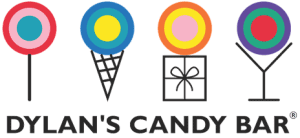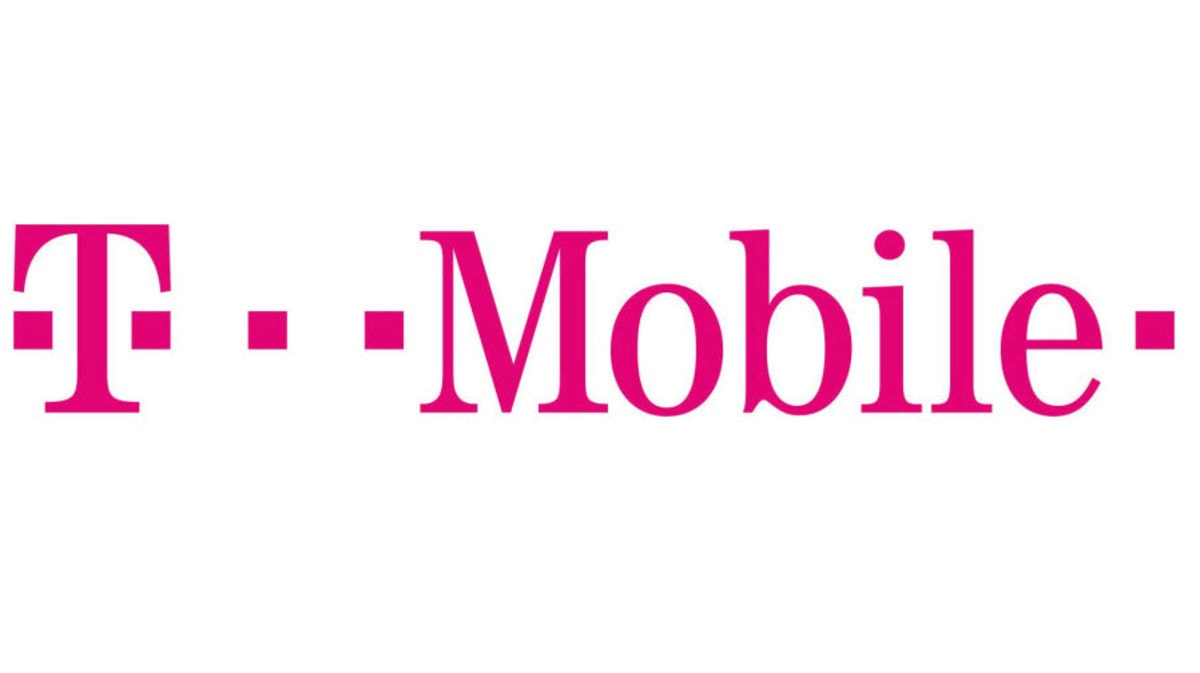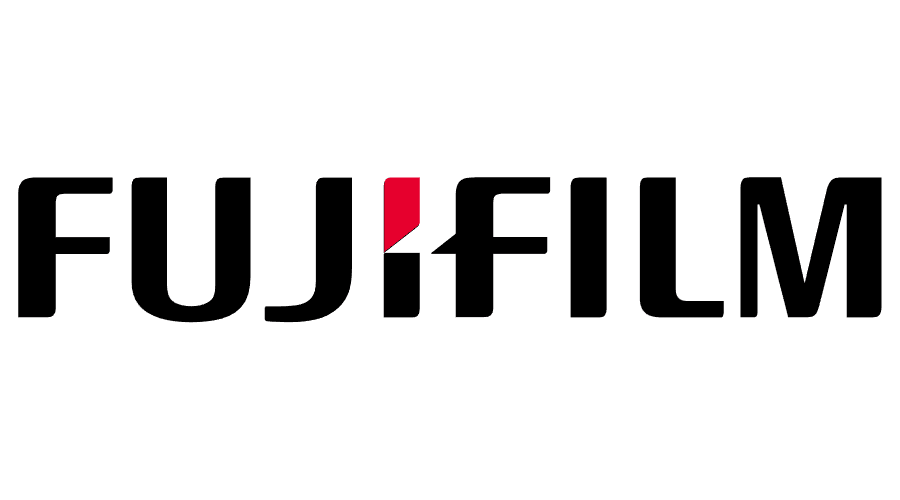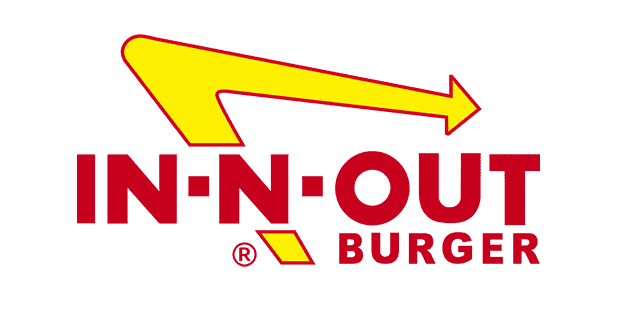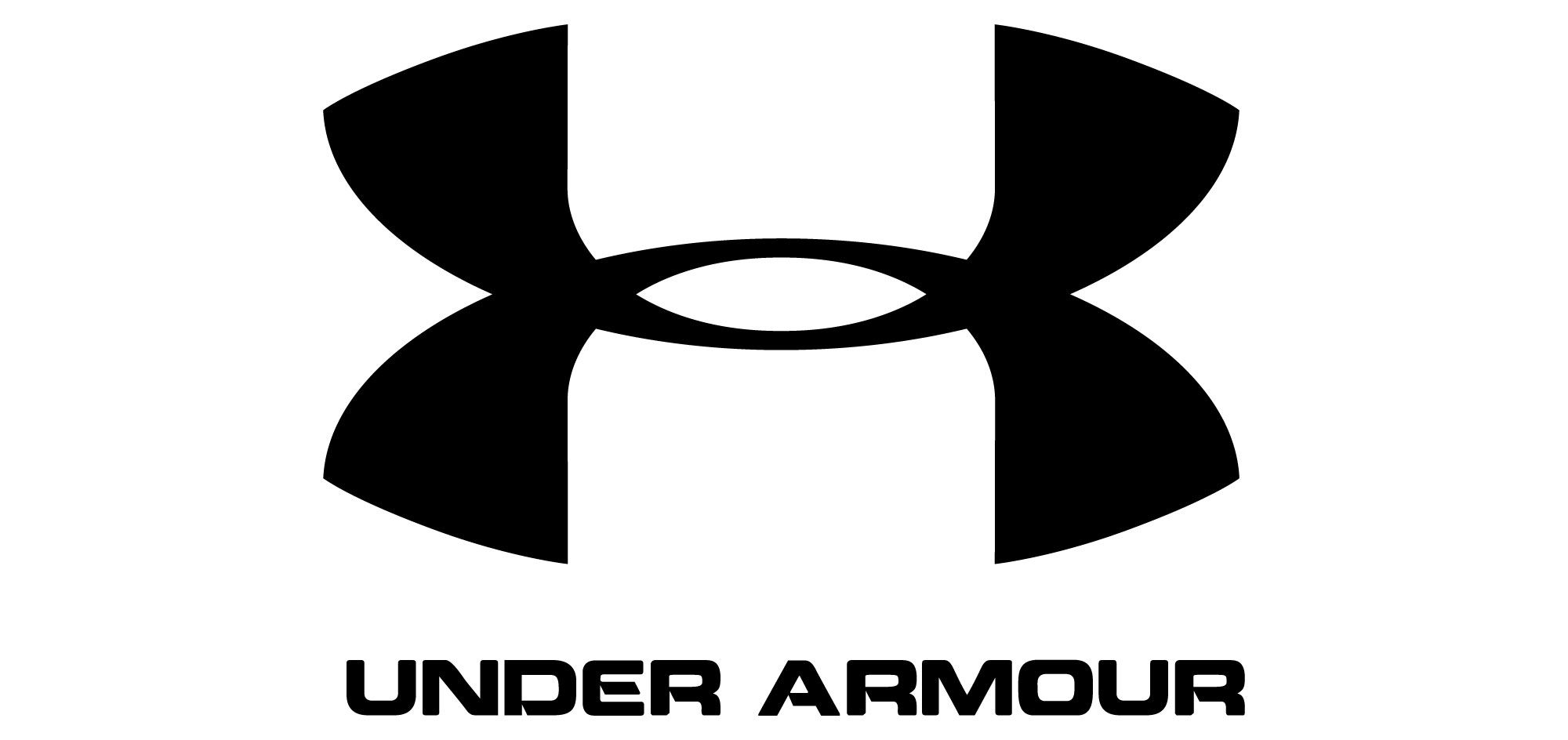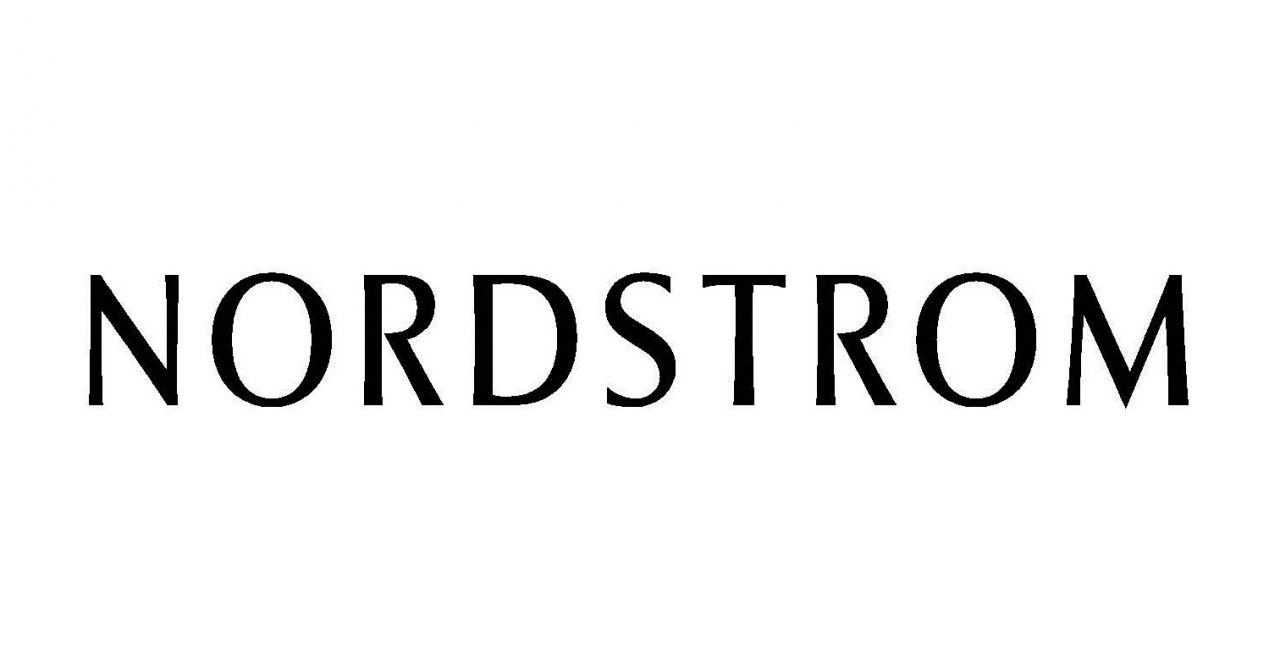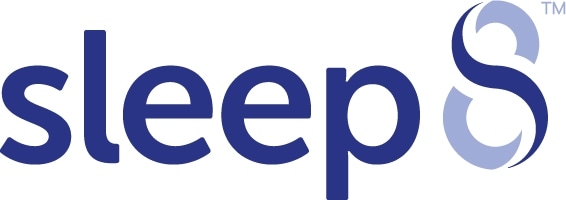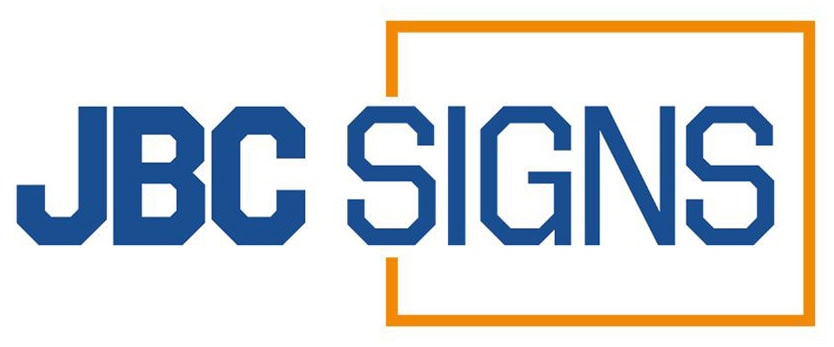Key Takeaways
- Prioritize Simplicity and Clarity
Effective signage should deliver a clear message without excessive details or distractions. Simple, bold designs ensure customers quickly understand the information. A clutter-free layout improves readability and engagement. - Ensure High Visibility
Place signs where they are easily noticed and readable from a distance. Proper lighting enhances visibility, making signs effective day and night. High-contrast colors also help attract attention in busy environments. - Maintain Consistent Branding
Using brand colors, logos, and fonts across all signage reinforces brand identity. A consistent look helps customers instantly recognize your business. This strengthens brand recall and builds customer trust. - Choose Durable Materials
Selecting weather-resistant materials like acrylic or aluminum ensures longevity. High-quality signage maintains its appearance despite exposure to sun, rain, or wind. Investing in durability saves on frequent replacements. - Utilize Legible Typography
Choosing clear, bold fonts ensures readability from different distances. Avoid overly decorative fonts that make messages harder to understand. Proper spacing and contrast also improve text visibility.
Is your retail store, café or restaurant attracting customers? Good retail signage can bring a constant flow of customers into your store, fuelling your revenue and giving your small business a loyal following.
Many small business owners make the mistake of thinking that customers will come to them, provided they set up shop. The reality is that gaining customers is a process that requires your active involvement and marketing efforts.
One of the most effective ways to draw customers into your store or local business is by using retail signage. In this guide, we’ll share five retail signage tips that you can use to encourage customers to visit your café, restaurant or other local business.
Before you design, know your goals
What is the goal of your signage? Many small businesses design signs not to achieve any key sales or marketing goal, but simply to let their community know that they’re open and ready for business.
Without a clear goal, it’s unlikely that your signage will be effective. Before you start designing your sign, you should write down a clear goal for each of your retail signs, so that you can design with purpose in mind.
Whether your goal is to attract new customers to step into your store or promote a product or service you offer, have a goal in mind before you start so that your sign will be designed with purpose, not just to fill in empty space.
Keep your design and copy simple
Is your signage overly complicated? It’s easy to use too many elements in the design of your retail signage, resulting in signage that is too visually busy for passersby to notice and understand.
A far better strategy is to keep your signage only as busy as it needs to be. Reduce your marketing message down to one or two key points that are likely to attract a large audience to your business, then focus on those.
Simplicity works, particularly in retail signage. Since passersby will only notice your signage for a second or two before deciding whether to step inside or keep walking, it’s essential that your message is simple enough to understand immediately.
Choose a distinctive color scheme
How obvious is your retail signage from a distance? One of the easiest ways to make your signage more visible is to use a distinctive color scheme that people can easily notice from far away.
Some color combinations – black and white or red and white, for example – are ideal for standing out from the crowd. They’re easy to see, full of visual contrast and great for drawing attention to your business.
As well as choosing a color scheme that’s easy to notice, it’s worth choosing a color that defines your business. This way, people will associate certain colors with your business over time as they view your retail signage.
Make sure that you don’t blend in
Who says your business needs to blend into its surroundings? Unless zoning laws forbid you from hanging unusual signs, there’s no reason not to use retail signage that stands out from its surroundings.
From brightly colored signage to signs that have unusual dimensions, it’s easy to make your business stand out from its surroundings by deliberately using signage that doesn’t blend in.
Before you design any retail signage, consider its surroundings. From contrasting materials to bright and powerful colors, it’s often worth designing signage that has little in common with its background to make a powerful statement.
There’s no need to be complicated
Another common small business marketing mistake is making retail signs with a message that’s just too complicated. The longer your message is, the longer it will take for people to read it and understand it as they walk by.
Just like with design, it’s best to keep your message simple to prevent people from ignoring it out of lack of interest. A short, simple message will almost always result in your business generating more attention than a long and overly complex one.
Try and shorten your marketing message to one sentence – or, if possible, just a few words. Remember that you only have a second or two to attract attention, and that a short message is far more likely to hook in potential customers than a complex one.
FAQs
- Why should signage be simple and clear?
A simple design allows customers to absorb information quickly. Cluttered signs overwhelm viewers and reduce effectiveness. Concise messaging improves communication and engagement. - How does visibility affect signage effectiveness?
Proper placement and lighting ensure signs capture attention in busy areas. High visibility increases foot traffic and guides customers to your business. Good contrast also enhances readability. - Why is branding consistency important for signage?
A consistent brand appearance makes your business more recognizable. Matching signage with brand colors and logos strengthens trust. This helps create a memorable impression on customers. - What materials are best for durable signage?
Weather-resistant materials like acrylic, aluminum, and PVC last longer. These options withstand harsh outdoor conditions without fading. Investing in quality signage prevents frequent replacements. - How do fonts affect signage readability?
Bold, simple fonts improve readability from a distance. Avoid cursive or overly stylized fonts that make text difficult to read. Proper spacing and color contrast also enhance visibility.



